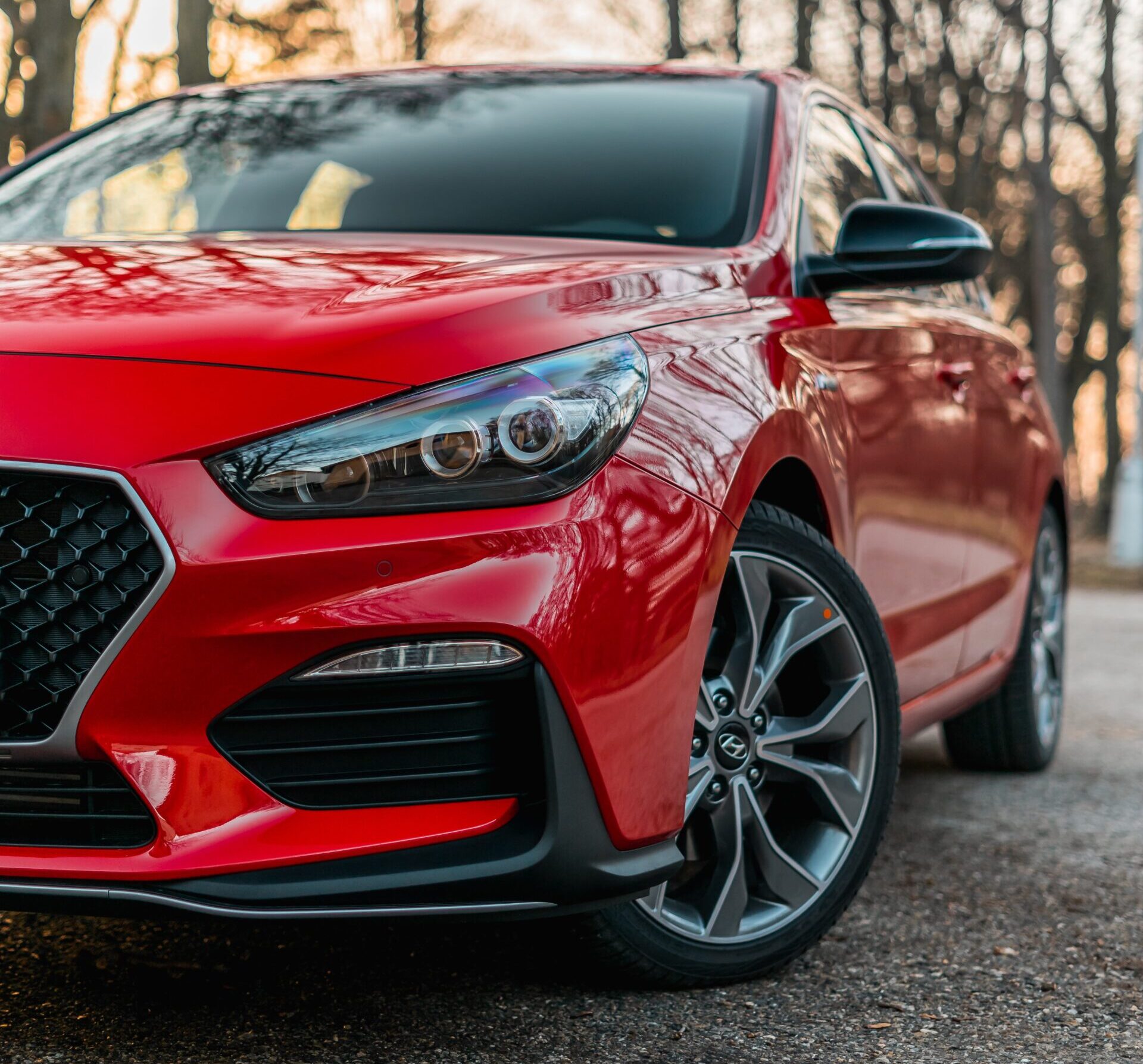Support our educational content for free when you purchase through links on our site. Learn more
How much is a lease on a $45,000 car? [2023]
Are you considering leasing a car but wondering how much it would cost to lease a $45,000 car? Leasing a car can be an attractive option for those who want to drive a new car every few years without the commitment of ownership. In this article, we will explore the factors that determine the cost of leasing a $45,000 car and provide you with expert advice to help you make an informed decision.
Quick Answer
The cost of leasing a $45,000 car can vary depending on several factors, including the length of the lease, the down payment, the interest rate, and the residual value of the car. On average, you can expect to pay around $500 to $700 per month for a 36-month lease on a $45,000 car. However, it’s important to note that lease prices can vary significantly depending on the specific car, lease terms, and current market conditions.
CHECK PRICE on: Car Manufacturers Website | TrueCar | Edmunds | Auto Trader
Quick Tips and Facts
Before we dive into the details, here are some quick tips and facts to keep in mind when considering leasing a $45,000 car:
- Leasing a car allows you to drive a new vehicle without the long-term commitment of ownership.
- Monthly lease payments are typically lower than loan payments for buying a car.
- Leasing a car may require a down payment, which can help reduce the monthly lease payments.
- Additional costs to consider when leasing a car include insurance, maintenance, and mileage restrictions.
- Leasing usually makes the most financial sense for those who drive fewer miles and take good care of their vehicles.
Now, let’s explore the factors that determine the cost of leasing a $45,000 car in more detail.
Background
Leasing a car involves paying for the use of the vehicle over a specified period, typically two to four years. Unlike buying a car, where you own the vehicle at the end of the loan term, leasing allows you to return the car to the dealership at the end of the lease term.
The cost of leasing a $45,000 car is influenced by several factors:
Length of the Lease: The length of the lease term affects the monthly lease payments. Generally, longer lease terms result in lower monthly payments, but you will be committed to the lease for a longer period.
Down Payment: A down payment can help reduce the monthly lease payments. The amount of the down payment is negotiable, and you can choose to put down a larger or smaller amount based on your budget and preferences.
Interest Rate: The interest rate, also known as the money factor, is a factor that determines the finance charge on the lease. A lower interest rate will result in lower monthly lease payments.
Residual Value: The residual value is the estimated value of the car at the end of the lease term. A higher residual value can result in lower monthly lease payments.
Market Conditions: Lease prices can vary based on current market conditions, including supply and demand for specific car models. It’s always a good idea to compare lease offers from different dealerships to get the best deal.
Now that we have a better understanding of the factors that influence the cost of leasing a $45,000 car, let’s dive into each factor in more detail.
Lease Length
The length of the lease term is an important factor to consider when leasing a car. Most leases have terms ranging from 24 to 48 months, with 36 months being the most common. The length of the lease term affects the monthly lease payments.
Shorter Lease Term: Opting for a shorter lease term, such as 24 months, will result in higher monthly lease payments but a shorter commitment. This can be a good option if you prefer to drive a new car more frequently.
Longer Lease Term: Choosing a longer lease term, such as 48 months, will result in lower monthly lease payments but a longer commitment. This can be a good option if you want to keep your monthly expenses lower.
When deciding on the lease term, consider your budget, driving habits, and how frequently you like to drive a new car.
Down Payment
A down payment is an upfront payment made at the beginning of the lease term. It can help reduce the monthly lease payments. The amount of the down payment is negotiable, and you can choose to put down a larger or smaller amount based on your budget and preferences.
Larger Down Payment: Putting down a larger down payment will result in lower monthly lease payments. However, it’s important to consider whether tying up a significant amount of money in a down payment is the best use of your funds.
Smaller Down Payment: Opting for a smaller down payment will result in higher monthly lease payments. This can be a good option if you prefer to keep your upfront costs lower.
When deciding on the down payment amount, consider your budget, cash flow, and whether you have other financial goals or obligations.
Interest Rate
The interest rate, also known as the money factor, is a factor that determines the finance charge on the lease. It is expressed as a decimal and multiplied by 2,400 to convert it to a more familiar interest rate format.
Lower Interest Rate: A lower interest rate will result in lower monthly lease payments. To get a lower interest rate, you can negotiate with the dealership or consider leasing during promotional periods when manufacturers offer special lease deals.
Higher Interest Rate: A higher interest rate will result in higher monthly lease payments. It’s important to compare lease offers from different dealerships to ensure you are getting a competitive interest rate.
When negotiating the interest rate, consider your credit score, the current market conditions, and any promotional offers available.
Residual Value
The residual value is the estimated value of the car at the end of the lease term. It is determined by the leasing company based on factors such as the car’s make, model, and expected depreciation.
Higher Residual Value: A higher residual value can result in lower monthly lease payments. This is because you are only paying for the depreciation of the car during the lease term.
Lower Residual Value: A lower residual value will result in higher monthly lease payments. This can happen if the car is expected to depreciate more rapidly or if the leasing company sets a lower residual value.
When considering the residual value, research the reliability and resale value of the car you are considering leasing. Cars with higher resale values tend to have higher residual values, which can result in more favorable lease terms.
Market Conditions
Lease prices can vary based on current market conditions, including supply and demand for specific car models. It’s always a good idea to compare lease offers from different dealerships to get the best deal.
Compare Lease Offers: Reach out to multiple dealerships and request lease quotes for the specific car you are interested in. This will give you a better idea of the current market prices and help you negotiate a better deal.
Negotiate the Price: Don’t be afraid to negotiate the price and terms of the lease. Dealerships may be willing to offer discounts or incentives to secure your business.
When comparing lease offers, consider the total cost of the lease, including the monthly payments, down payment, and any additional fees or charges.
FAQ
How do you calculate lease value on a car?
The lease value of a car is calculated based on several factors, including the car’s selling price, the lease term, the interest rate, and the residual value. To calculate the lease value, you can use an online lease calculator or work with a leasing company or dealership.
Read more about “… What is the Value of Leasing a Car?”
Is leasing a car more expensive per month?
Leasing a car is typically less expensive per month compared to buying a car. This is because lease payments only cover the depreciation of the car during the lease term, whereas loan payments for buying a car cover the full purchase price of the vehicle.
What is a good money factor on a lease 2023?
A good money factor on a lease in 2023 is typically around 0.001 to 0.002. The lower the money factor, the better. It’s important to negotiate the money factor with the dealership to get the best lease terms.
Read more about “… Is January a Good Time to Lease a Car?”
Is it better to lease or finance a car?
Whether it’s better to lease or finance a car depends on your personal preferences and financial situation. Leasing can be a good option if you prefer to drive a new car every few years and have lower monthly payments. Financing can be a good option if you prefer to own the car and build equity over time. Consider your budget, driving habits, and long-term goals when making this decision.
Read more about “… Tax Benefits of Leasing a Car vs. Buying a Car for Business: Explained”
Conclusion
Leasing a $45,000 car can be an attractive option for those who want to drive a new car without the commitment of ownership. The cost of leasing a $45,000 car can vary depending on factors such as the length of the lease, the down payment, the interest rate, and the residual value of the car.
When considering leasing a $45,000 car, it’s important to compare lease offers from different dealerships, negotiate the price and terms, and consider additional costs such as insurance, maintenance, and mileage restrictions. Research the reliability and resale value of the car you are considering leasing to ensure you are making a wise investment.
Overall, leasing a $45,000 car can provide you with the opportunity to drive a new vehicle at a lower monthly cost compared to buying. However, it’s important to carefully consider your budget, driving habits, and long-term goals before making a decision.
Recommended Links:
- Latest Car Lease Deals
- Car Lease Basics
- Best Lease Terms
- Credit Score and Car Leasing
- 2023 Tax Benefits of Leasing a Car vs. Buying a Car for Business: Explained
Reference Links:



